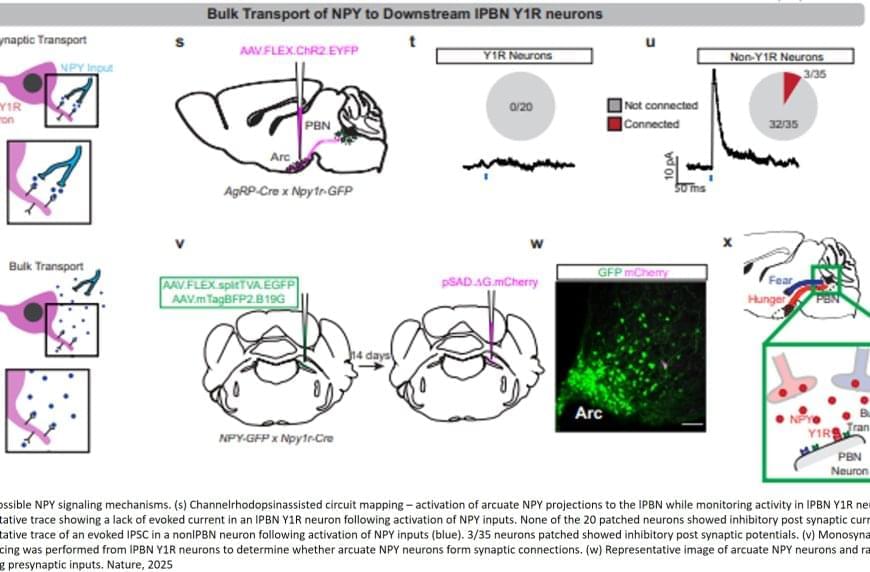The strong requirement for high-performing quantum computing led to intensive research on novel quantum platforms in the last decades. The circuital nature of Josephson-based quantum superconducting systems powerfully supports massive circuital freedom, which allowed for the implementation of a wide range of qubit designs, and an easy interface with the quantum processing unit. However, this unavoidably introduces a coupling with the environment, and thus to extra decoherence sources. Moreover, at the time of writing, control and readout protocols mainly use analogue microwave electronics, which limit the otherwise reasonable scalability in superconducting quantum circuits.








